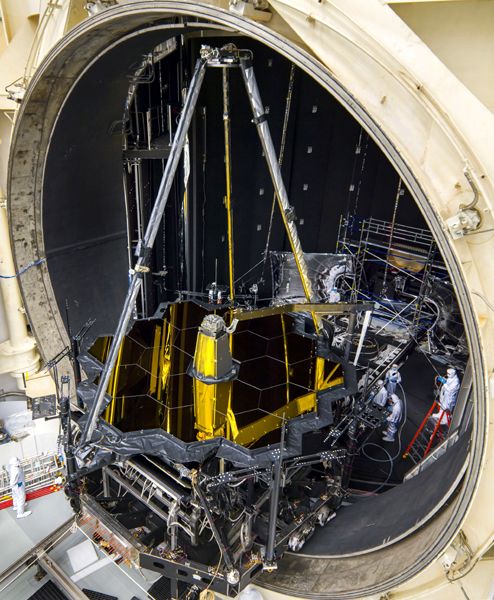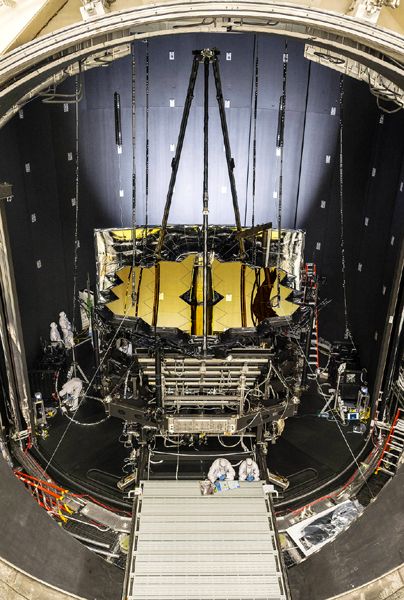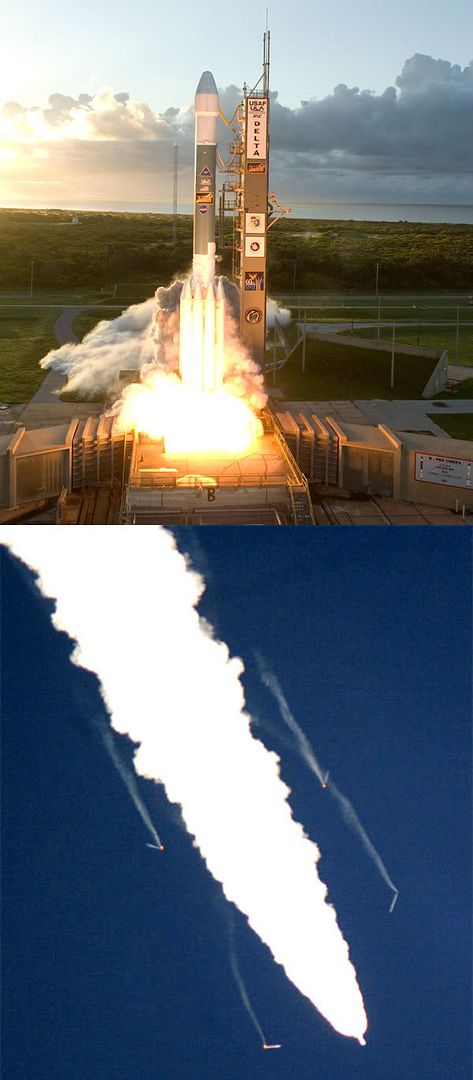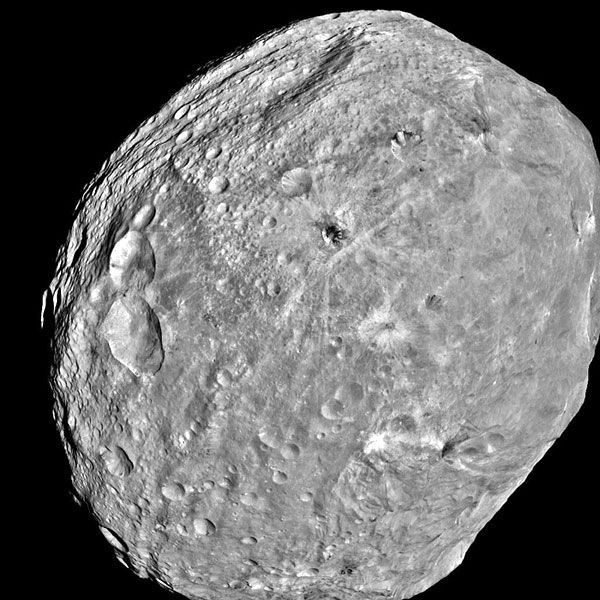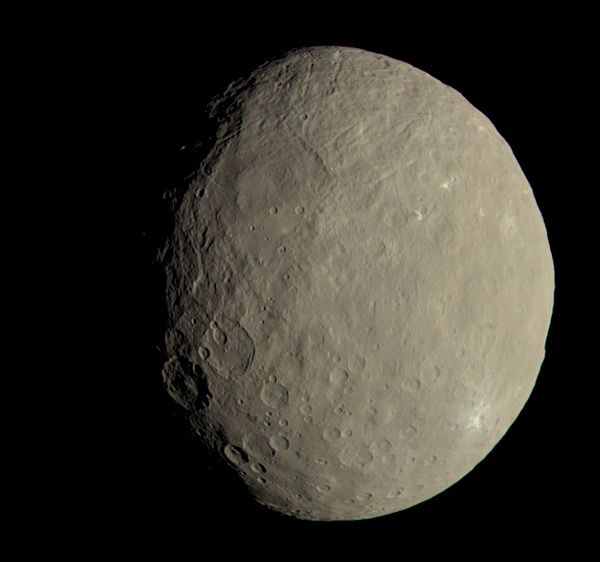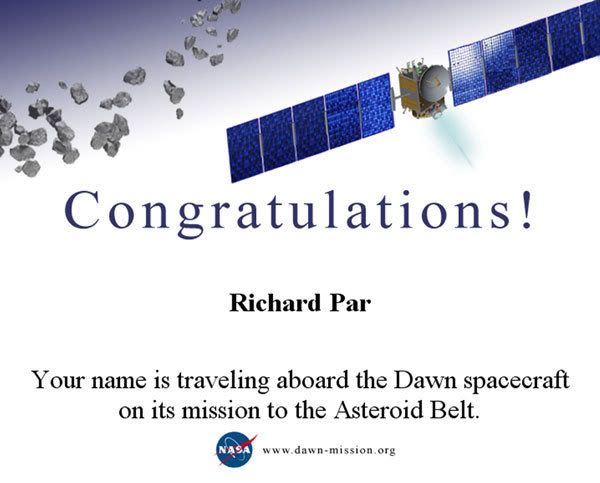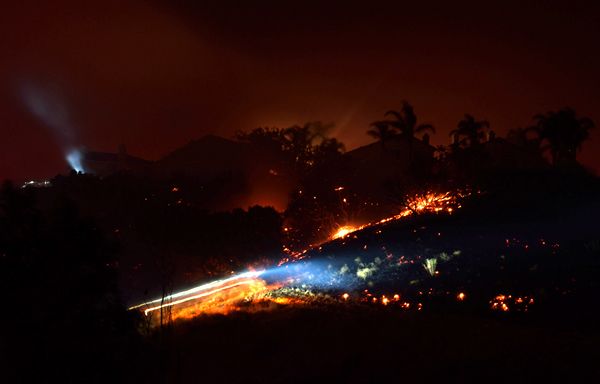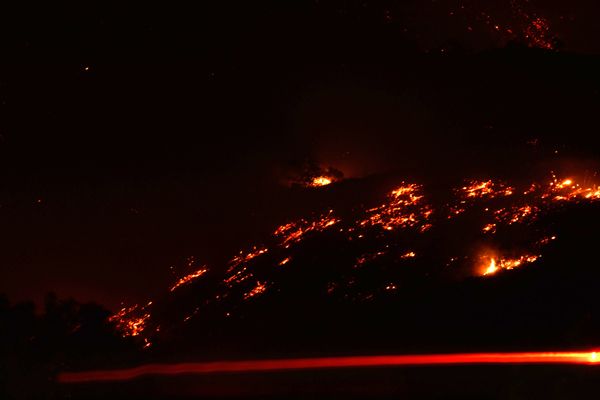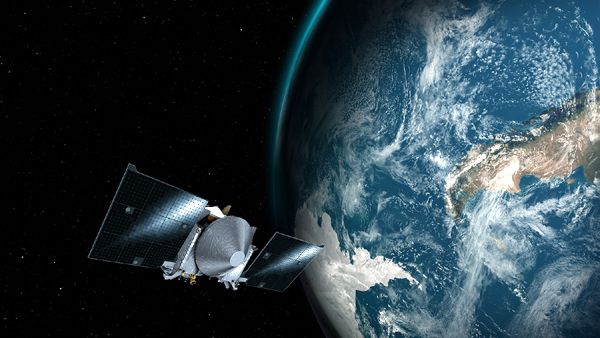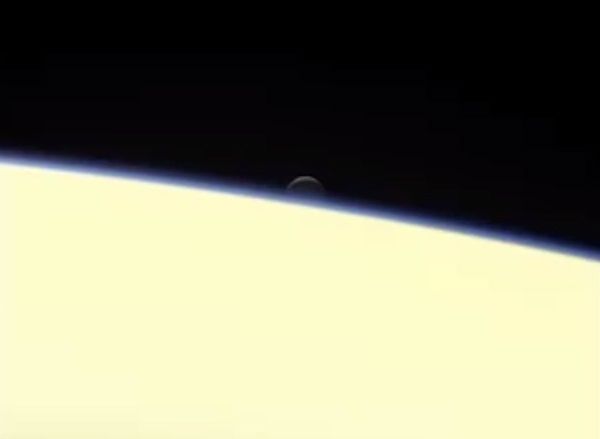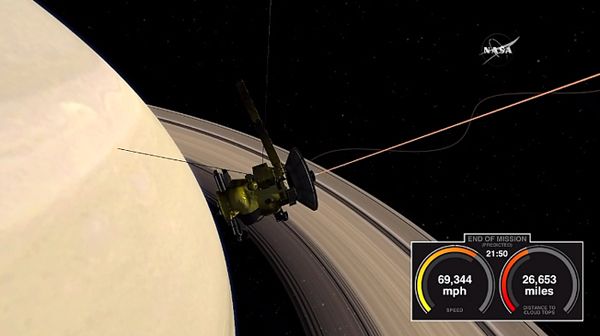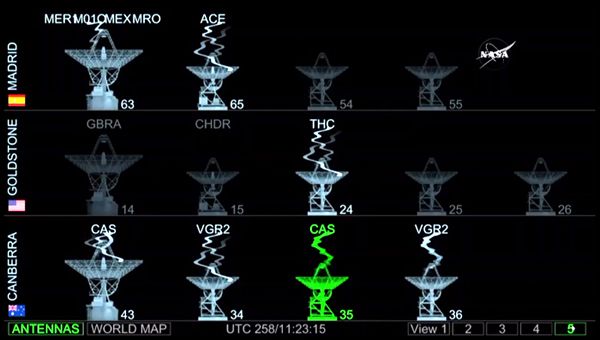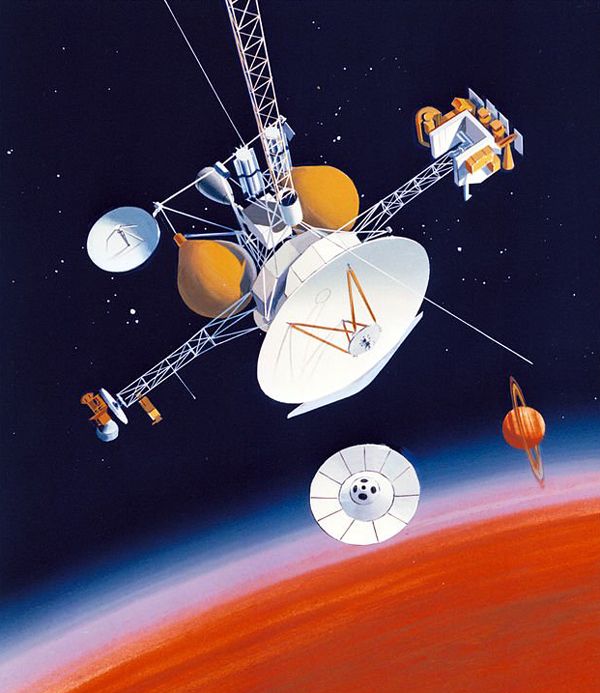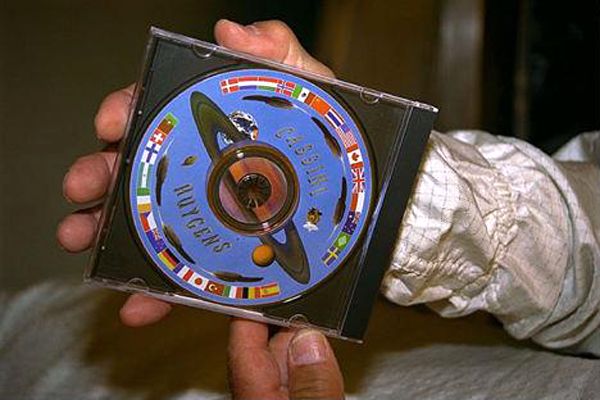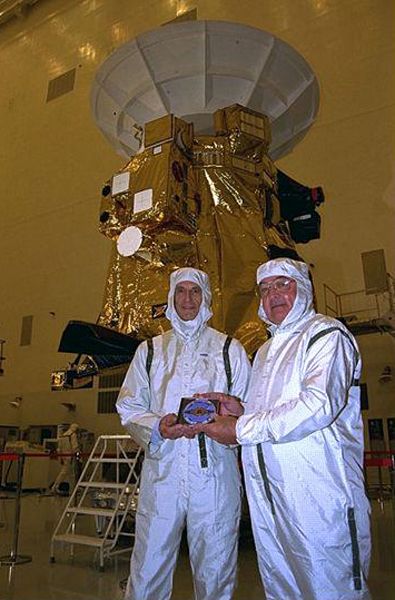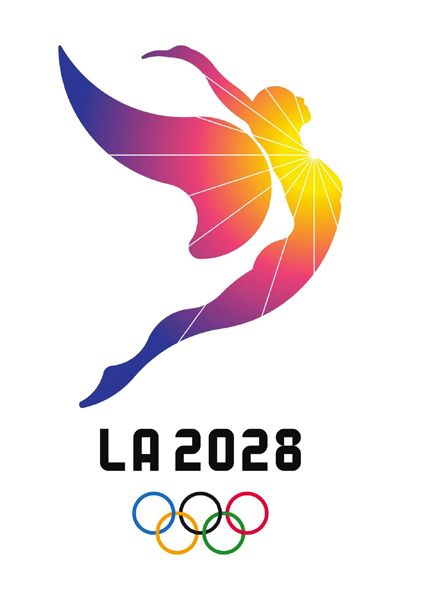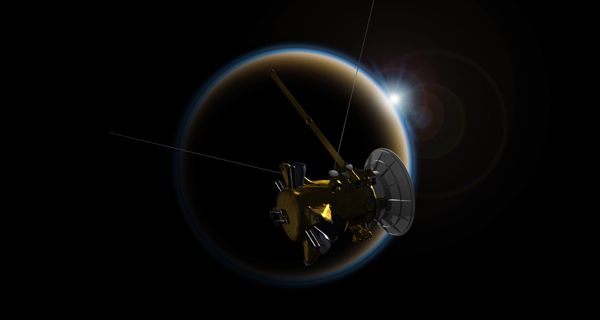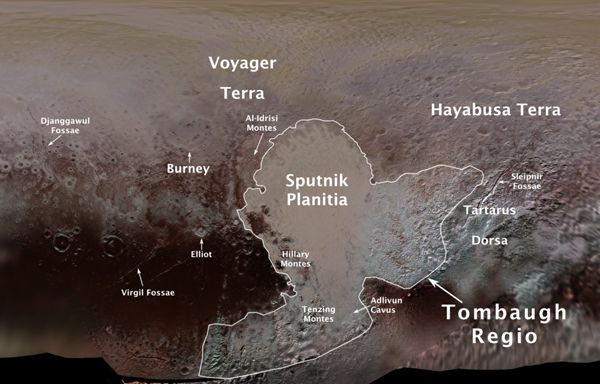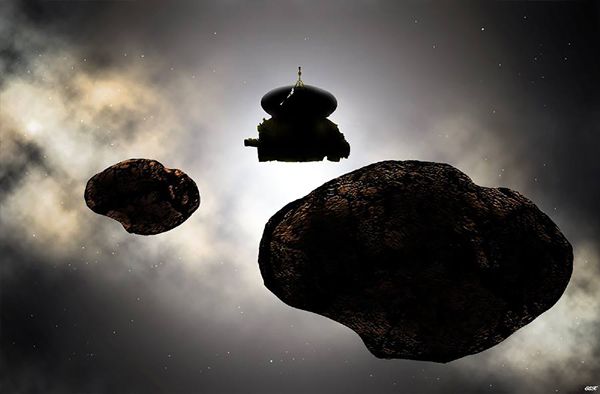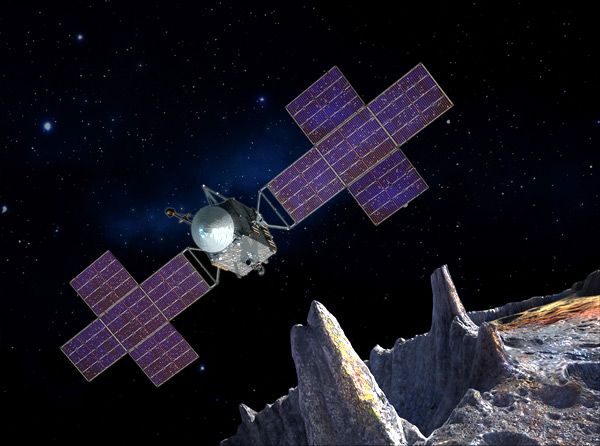
NASA / JPL - Caltech / Arizona State Univ. / Space Systems Loral / Peter Rubin
NASA Glenn Tests Thruster Bound for Metal World (News Release - September 28)
As NASA looks to explore deeper into our solar system, one of the key areas of interest is studying worlds that can help researchers better understand our solar system and the universe around us. One of the next destinations in this knowledge-gathering campaign is a rare world called Psyche, located in the asteroid belt.
Psyche is different from millions of other asteroids because it appears to have an exposed nickel-iron surface. Researchers at Arizona State University, Tempe, in partnership with NASA's Jet Propulsion Laboratory in Pasadena, California, believe the asteroid could actually be the leftover core of an early planet. And, since we can't directly explore any planet's core, including our own, Psyche offers a rare look into the violent history of our solar system.
"Psyche is a unique body because it is, by far, the largest metal asteroid out there; it's about the size of Massachusetts," said David Oh, the mission's lead project systems engineer at JPL. "By exploring Psyche, we'll learn about the formation of the planets, how planetary cores are formed and, just as important, we'll be exploring a new type of world. We've looked at worlds made of rock, ice and of gas, but we've never had an opportunity to look at a metal world, so this is brand new exploration in the classic style of NASA."
But getting to Psyche won't be easy. It requires a cutting-edge propulsion system with exceptional performance, which is also safe, reliable and cost-effective. That's why the mission team has turned to NASA Glenn Research Center in Cleveland, which has been advancing solar electric propulsion (SEP) for decades.
SEP thrusters use inert gases, like xenon, which are then energized by the electric power generated from onboard solar arrays to provide gentle, non-stop thrust.
"For deep space missions, the type and amount of fuel required to propel a spacecraft is an important factor for mission planners," said Carol Tolbert, project manager for Psyche thruster testing at NASA Glenn. "A SEP system, like the one used for this mission, operates more efficiently than a conventional chemical propulsion system, which would be impractical for this type of mission."
The reduced fuel mass allows the mission to enter orbit around Psyche and provides additional space for all of the mission's scientific payload. Psyche's payload includes a multispectral imager, magnetometer, and gamma-ray spectrometer. These instruments will help the science team better understand the asteroid's origin, composition and history.
Additional benefits of SEP are flexibility and robustness in the flight plan, which allow the spacecraft to arrive at Psyche much faster and more efficiently than it could using conventional propulsion.
For this mission, the spacecraft, which will be built jointly by JPL and Space Systems Loral (SSL), will use the SPT-140 Hall effect thruster. Because Psyche is three times farther away from the Sun than Earth, flying there required a unique test of the low-power operation of the thruster in the very low pressures that will be encountered in space.
The mission team called upon NASA Glenn, and its space power and propulsion expertise, to put the mission's thruster through its paces at the center's Electric Propulsion Laboratory.
"This mission will be the first to use a Hall effect thruster system beyond lunar orbit, so the tests here at Glenn, which had never been conducted before, were needed to ensure the thruster could perform and operate as expected in the deep space environment," said Tolbert.
The facility at NASA Glenn has been a premier destination for electric propulsion and power system testing for over 40 years and features a number of space environment chambers, which simulate the vacuum and temperatures of space.
"This was very important to the mission because we want to test-like-we-fly and fly-like-we-test," said Oh. "Glenn has a world-class facility that allowed us to go to very low pressures to simulate the environment the spacecraft will operate in and better understand how our thrusters will perform around Psyche.
"At first glance, the results confirm our predictions regarding how the thruster will perform, and it looks like everything is working as expected. But, we will continue to refine our models by doing more analysis."
As the team works toward an anticipated August 2022 launch, they will use the data collected at NASA Glenn to update their thruster modeling and incorporate it into mission trajectories.
The scientific goals of the Psyche mission are to understand the building blocks of planet formation and explore firsthand a wholly new and unexplored type of world. The mission team seeks to determine whether Psyche is the core of an early planet, how old it is, whether it formed in similar ways to Earth's core, and what its surface is like.
Source: Jet Propulsion Laboratory
****

